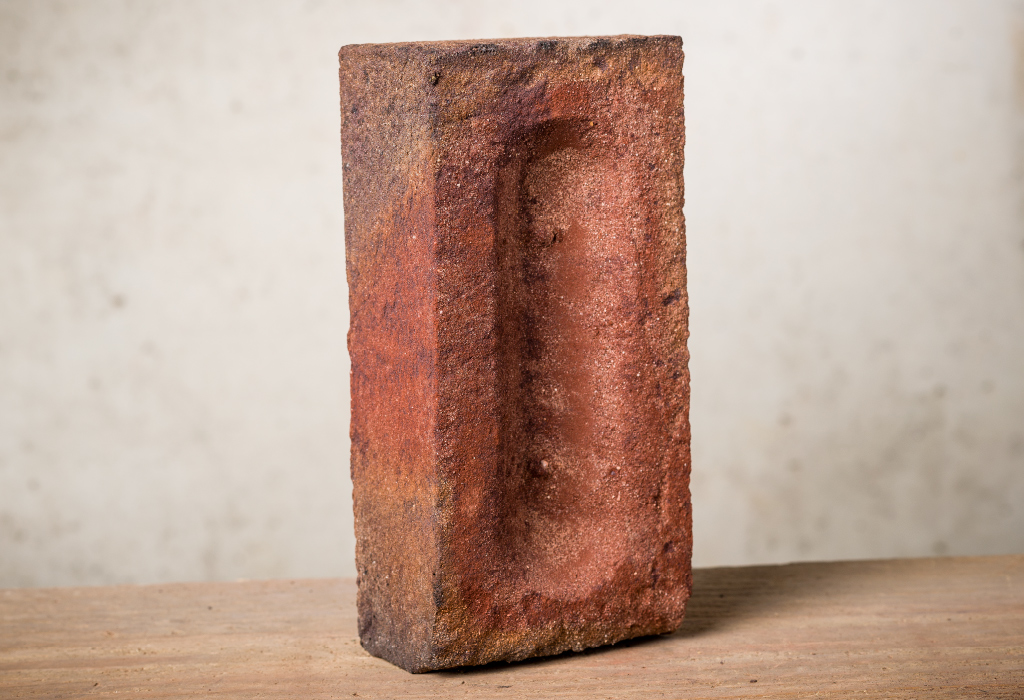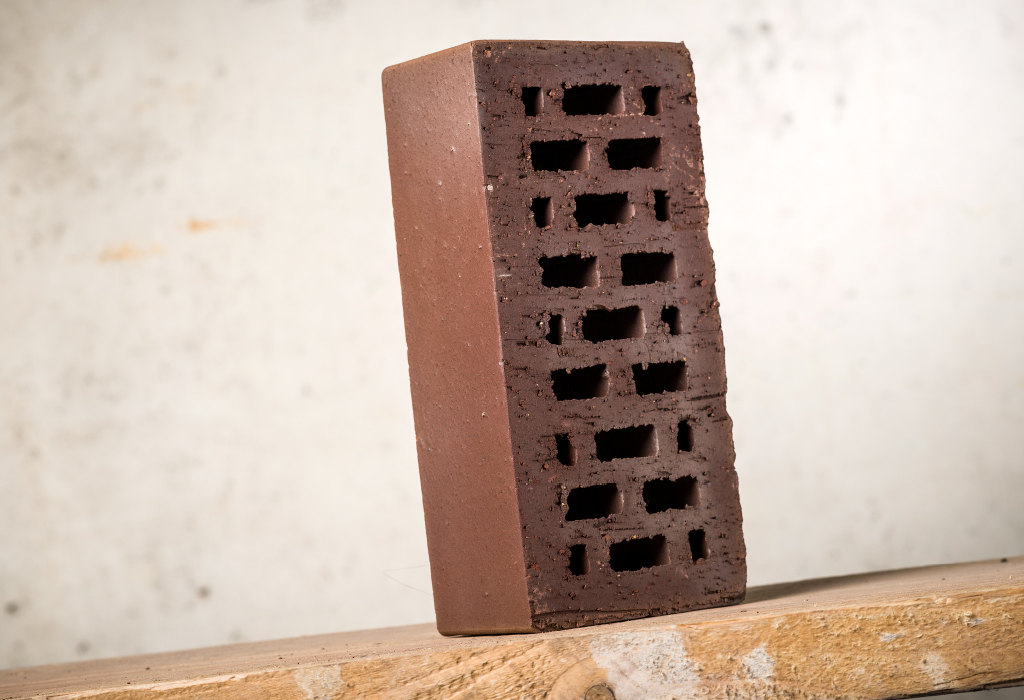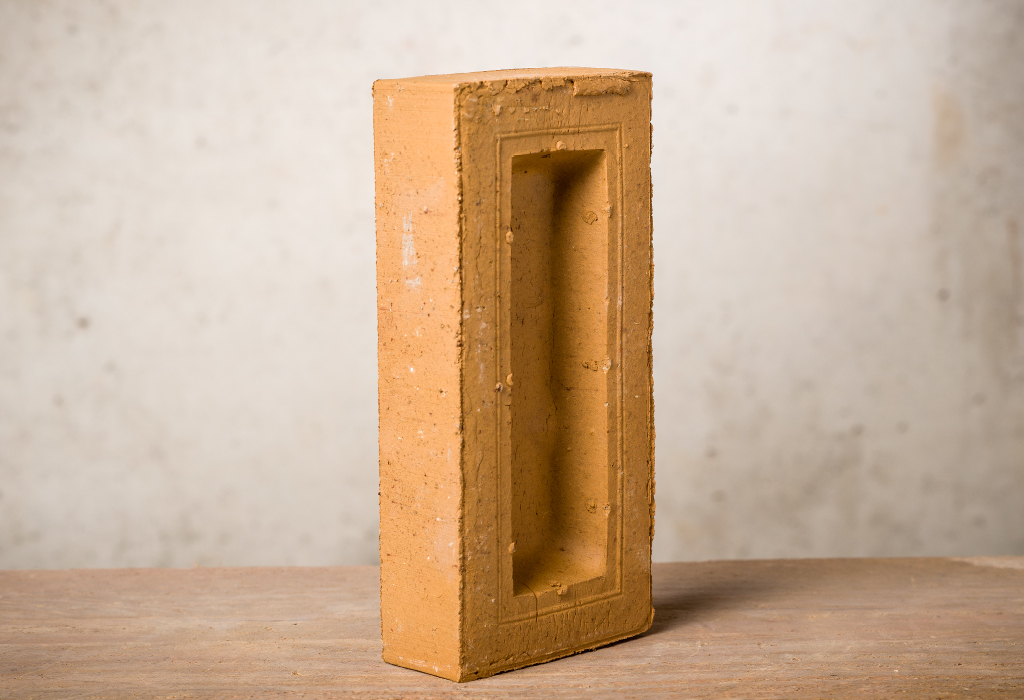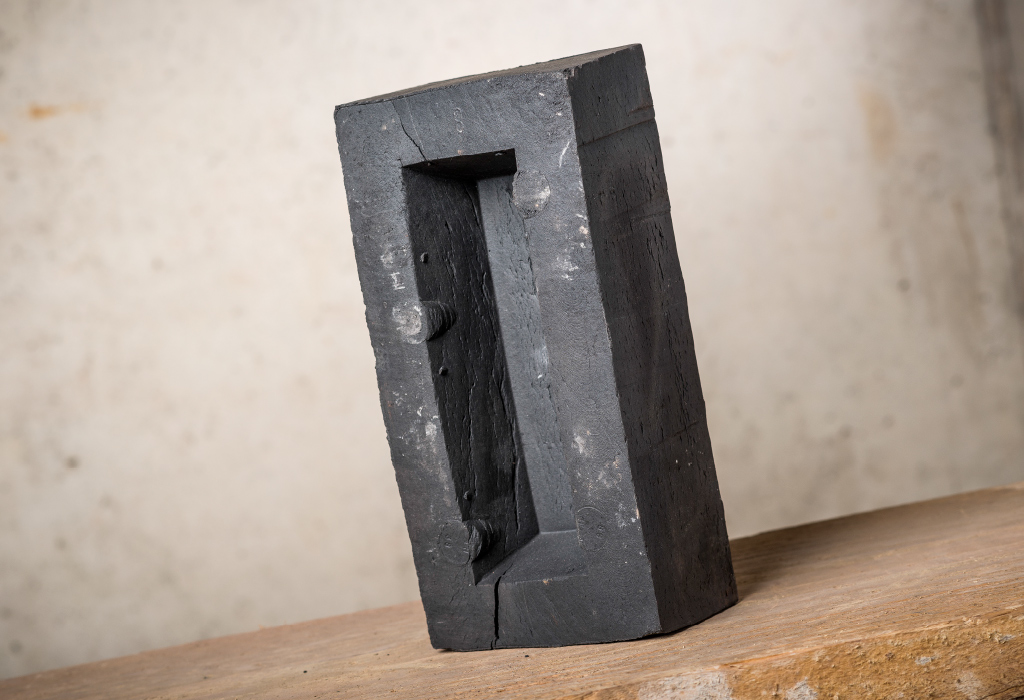Production process
Stock Bricks
The DEPPE brickyard has been producing hand-moulded bricks or stock bricks since 1888. Whereas at that time the clay had to be hammered into the mould and shaped again by hand, this is now done by modern machines. The shaping principle remains unchanged though: When hammering the clay ball into the sanded mould, it is pressed against the side walls. This results in relief-like folds which remain visible after firing and give each tile its individual, strong surface structure. The characteristic, hand-moulded appearance of the brick is also retained during machine production. No brick is like the other. Hand-moulded bricks radiate warmth and naturalness and are often used in the construction of detached houses and apartment buildings.
Extruded Bricks
In the extrusion process, the clay is pressed into a long strand from which the raw bricks are virtually cut off. This produces smoother, more uniform bricks than with other production methods. Depending on whether an additional surface effect is desired, the material is sanded or grained.
Waterstruck Bricks
Whereas sand is used as a release agent in the hand moulding process to allow the moulded clay to slide out of the mould, water is used in the water-stroke process. This creates the typical water-coated surface with an individual, partially roughened appearance. The surface of waterstruck bricks is smoother than that of hand-moulded bricks. The original waterstruck brick is used in the construction of single and multi-family houses, in the renovation of old buildings and above all in property construction as architectural bricks.
Whatever method we use: Every brick that leaves our house has undergone a long and careful process from the clay pit to the kiln. The elemental charm of the pure natural product is always preserved.
Original coal-fired bricks
Our original coal-fired bricks show a range of colourations. Burned with real coal, they feature unique, mercurial shades with striking flashes and soot marks on the surface of the brick. The addition "ek" denotes our original coal-fired products.
Natural range of colours
The natural colour range of our bricks is created during the firing process in the kiln at temperatures of up to 1,200° C. There, the colour is influenced by locally overheating the brick surface in a reducing atmosphere during firing. Depending on the intensity of this process and the setting of the bricks in the kiln, batch colours can range from uniform to much more heterogeneous and highly vitrified. The colours thus obtained in the kiln do not fade and are resistant to external influences.
Engobes
Engobes are mixtures of colour oxides, which are usually applied to the surface of the clay after pressing or drying and which (superficially) bond with the bricks during the firing process.
Reduction-fired bricks
These have a particularly characteristic colouration, which is achieved by the reduction firing process used: This involves fully fired bricks being reheated to a temperature of 900-1,000° C in a special kiln and then cooled in a reducing (oxygen-free) atmosphere. This draws oxygen out of the clay minerals, giving the brick an elegant grey to black colour.



